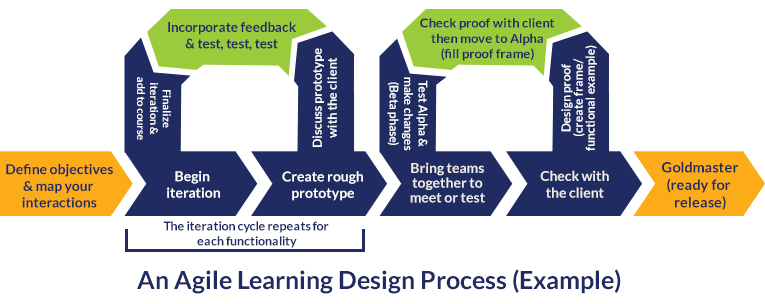The rapid growth and popularity of online learning is necessitating the creation of online courses that actively engage learners. Research has shown that effective integration of multimedia that is content relevant and pedagogically sound can be a valuable teaching tool for facilitating student learning Mandernach, 2009.
In the Master of Finance program at Penn State World Campus, one of the faculty who teaches a very successful, popular foundational course was tasked with authoring an online course. As instructional designers, we worked with the faculty and our design team, including our in-house multimedia staff, to replicate the course for an online adult student audience. The use of multimedia was a necessary component in re-creating the dynamic aspects of the course that made it such a successful face-to-face class.
via Moving a Face-to-Face Course Online without Losing Student Engagement | Faculty Focus.

